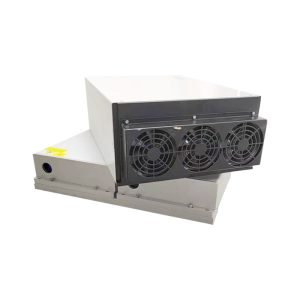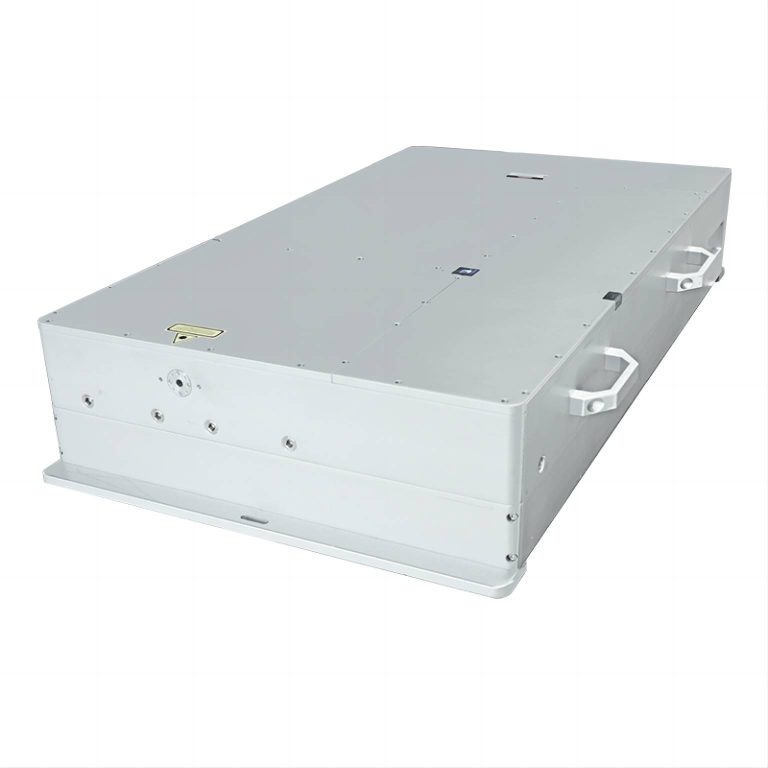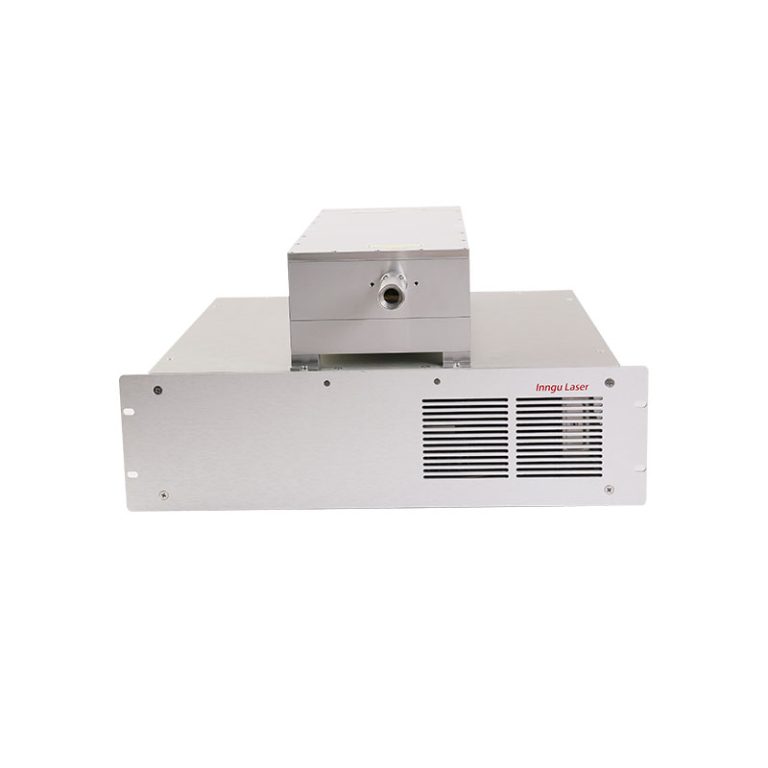In the realm of laser technology, the advent of Dual Wavelength Lasers has ushered in a new era of precision, versatility, and innovation. These advanced systems, capable of emitting two distinct wavelengths simultaneously or sequentially, have found extensive applications across various industries, revolutionizing processes and driving advancements in scientific research, medical treatments, telecommunications, manufacturing, and beyond.
Understanding Dual Wavelength Lasers
Dual Wavelength Lasers are a sophisticated evolution of laser systems designed to produce two separate wavelengths within a single device. This capability enables them to operate in multi-functional roles, catering to diverse applications that require specific wavelengths for different tasks.
These lasers can emit wavelengths within the visible, infrared, or ultraviolet spectra. Often, they produce two distinct wavelengths simultaneously, allowing for enhanced versatility and precision in material processing, measurements, and scientific investigations.
Applications of Dual Wavelength Laser
The application of Dual Wavelength Lasers spans across various industries and scientific fields, leveraging their unique capabilities to address specific needs and challenges. Here’s an exploration of their applications:
- Scientific Research and Spectroscopy: In scientific research, Dual Wavelength Lasers are essential tools for spectroscopic analysis. Their ability to emit two distinct wavelengths simultaneously or sequentially aids in studying molecular structures, material properties, chemical reactions, and quantum phenomena. These lasers enable researchers to explore and understand the characteristics of matter at an atomic and molecular level.
- Medical Treatments and Surgery: Dual Wavelength Lasers have made significant strides in medical applications. Ophthalmologists use these lasers for precise corrective eye surgeries, leveraging the distinct wavelengths to perform delicate procedures like LASIK or PRK. Dermatologists also utilize dual wavelengths for skin treatments, targeting specific skin conditions with accuracy and minimizing collateral damage to surrounding tissues.
- Manufacturing and Materials Processing: One of the primary applications of Dual Wavelength Lasers is in manufacturing and materials processing. Industries such as automotive, aerospace, and electronics employ these lasers for cutting, welding, engraving, and surface modification of various materials. Their versatility allows for intricate and precise operations on metals, ceramics, composites, and other materials, enhancing manufacturing capabilities.
- Telecommunications and Optical Fiber Technology: Dual Wavelength Lasers play a crucial role in telecommunications, particularly in optical fiber networks. These lasers enable signal amplification, optical sensing, and data transmission by emitting two distinct wavelengths. This capability facilitates multiplexing techniques, boosting the efficiency and capacity of data transmission through optical fibers.
- Environmental Sensing and Remote Sensing: Dual Wavelength Lasers find applications in environmental and remote sensing. These lasers aid in measuring atmospheric properties, pollutants, and greenhouse gases. They contribute to LIDAR (Light Detection and Ranging) systems used in environmental monitoring, meteorology, and mapping by emitting wavelengths suitable for precise remote sensing.
- Material Analysis and Quality Control: In material analysis and quality control processes, Dual Wavelength Lasers provide valuable insights. They help in identifying and characterizing materials, ensuring quality standards are met in various industries. These lasers assist in non-destructive testing, flaw detection, and surface inspection with high precision and accuracy.
- Art and Conservation: In art restoration and conservation, Dual Wavelength Lasers play a role in the non-invasive analysis and cleaning of artworks. Their precise wavelengths enable conservators to selectively remove contaminants or restore delicate surfaces without causing damage to the original artwork.

Advantages of Dual Wavelength Laser
- Enhanced Precision: Dual Wavelength Lasers offer exceptional precision and control in various applications. The ability to emit two distinct wavelengths allows for precise targeting of specific materials or tissues, enabling accurate and intricate operations.
- Versatility: These lasers are highly versatile, capable of emitting different wavelengths suitable for diverse tasks within a single device. This versatility enables their use across multiple industries, from scientific research to medical treatments, manufacturing, telecommunications, and more.
- Tailored Applications: The dual wavelengths can be customized to suit specific applications. By selecting appropriate wavelengths, users can optimize laser performance for different materials, procedures, or experiments, ensuring the best results for each task.
- Increased Efficiency in Material Processing: In manufacturing and material processing, Dual Wavelength Lasers offer increased efficiency. Their precise control and ability to work with various materials enable faster and more accurate cutting, welding, engraving, and surface modification, thereby enhancing manufacturing processes.
- Diverse Applications in Medicine: Dual Wavelength Lasers have revolutionized medical procedures. Their precision and ability to target specific tissues make them invaluable tools in surgeries like eye treatments (LASIK), dermatological procedures, and dental treatments, leading to faster recovery times and reduced risk to surrounding tissues.
Advancements in Manufacturing and Material Processing
The versatility of Dual Wavelength Lasers is particularly advantageous in manufacturing processes. These lasers find extensive use in materials processing, such as cutting, engraving, welding, and surface modification of various materials.
For instance, in the automotive industry, these lasers facilitate precise welding of dissimilar materials, ensuring strong and durable joints in car components. Furthermore, their ability to switch between wavelengths enables intricate cutting and engraving in industries dealing with metals, polymers, ceramics, and composites.
Telecommunications and Optical Fiber Technology
In the realm of telecommunications and optical fiber technology, Dual Wavelength Lasers play a pivotal role. These lasers contribute to signal amplification, optical sensing, and data transmission in fiber optic networks.
Their dual-wavelength capabilities aid in the development of more efficient and high-capacity communication systems. By emitting two different wavelengths, these lasers enable multiplexing techniques, allowing for the simultaneous transmission of multiple data channels over a single optical fiber.
Conclusion
Dual Wavelength Lasers stand as a testament to the continuous evolution and innovation in laser technology. Their unique ability to emit two distinct wavelengths within a single system has opened doors to a myriad of applications across industries.
As research and development in laser technology progress, the capabilities of Dual Wavelength Lasers will likely expand. Their versatility, precision, and adaptability will continue to drive innovation, powering advancements in science, medicine, manufacturing, telecommunications, and beyond, shaping a future where the dynamic duo of dual wavelengths continues to redefine what’s possible in modern applications.


